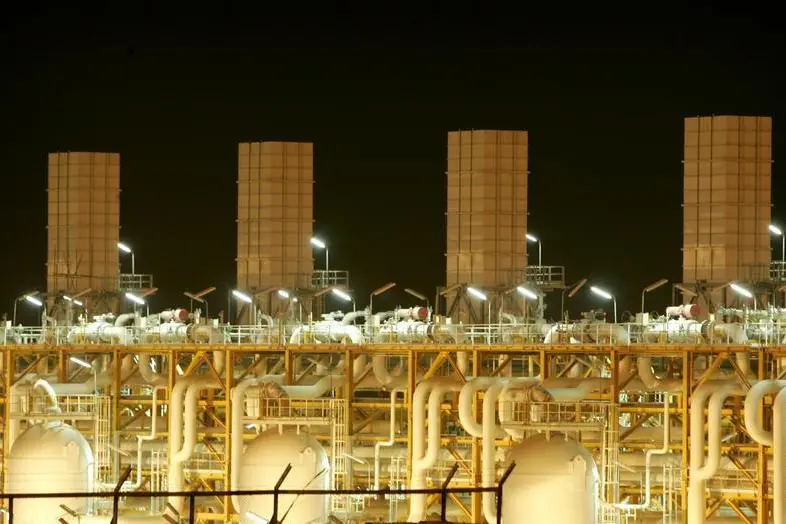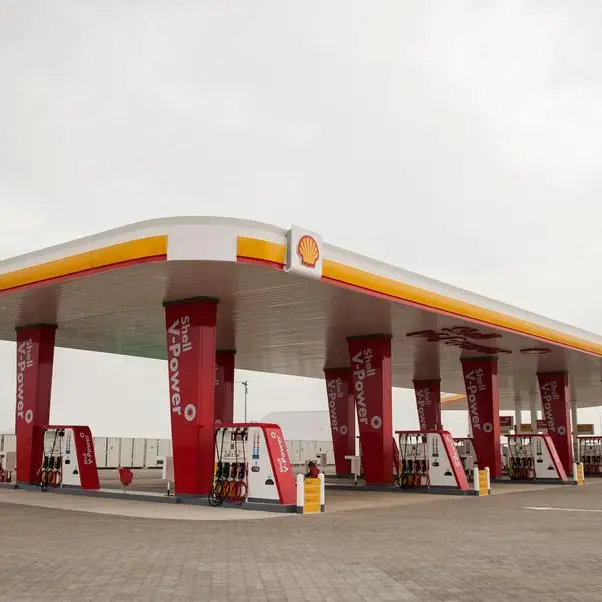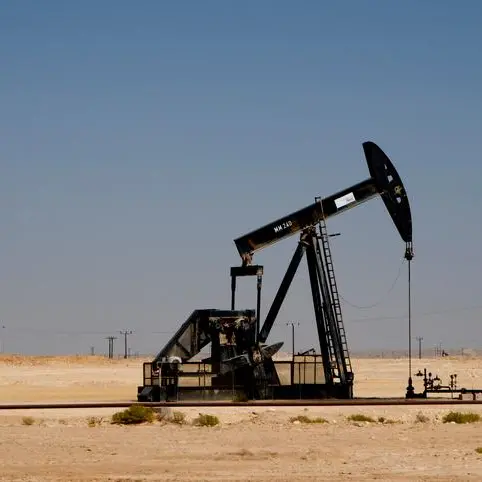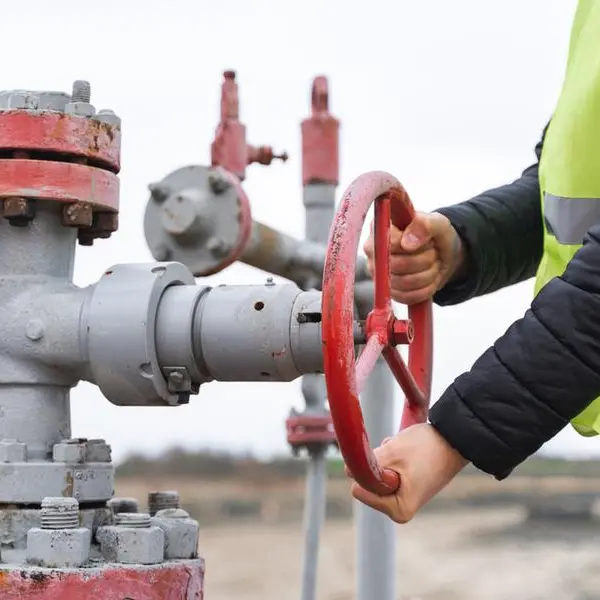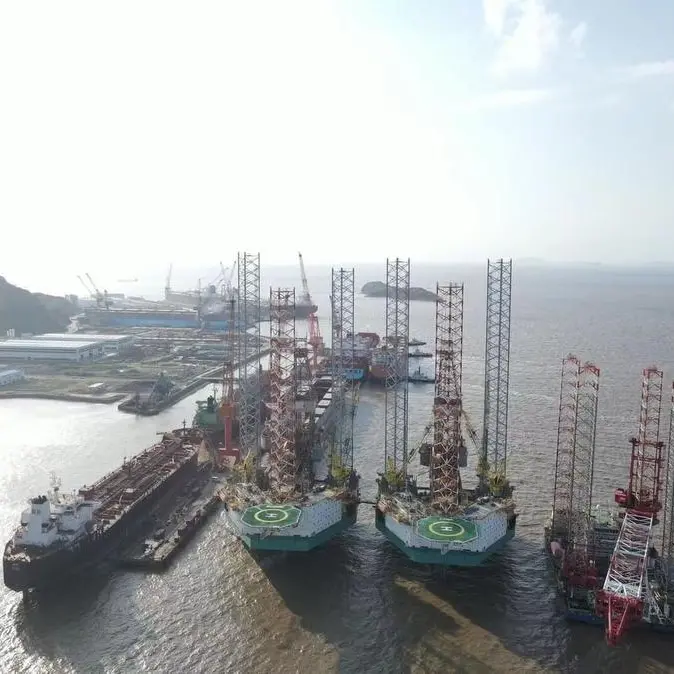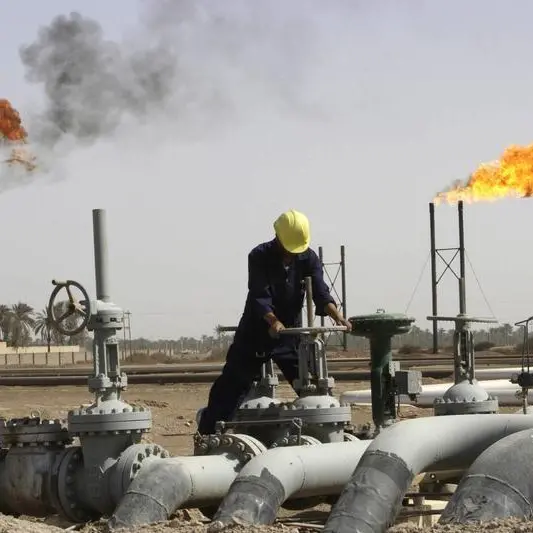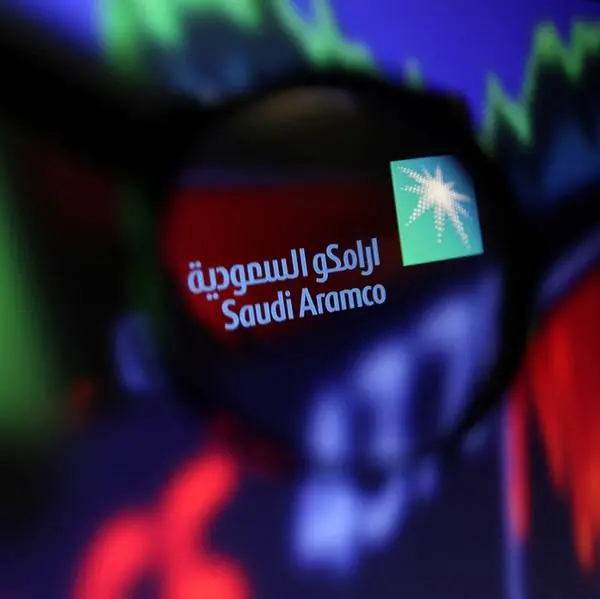PHOTO
LONDON/SINGAPORE: Iran increased its oil exports in June and July and could raise them further this month by offering a deeper discount to Russian crude for its main buyer China, firms tracking the flows said.
Despite U.S. sanctions Iran has boosted oil exports, largely to China, during President Joe Biden's term, but shipments have recently slowed due to competition with Russian crude.
"Iran has been exporting more since the new U.S. administration - oil, products and petrochemical goods," Sara Vakhshouri of Energy consultant SVB International said.
And while high oil prices have reduced pressure on Tehran to do a nuclear deal, if talks to ressurect one succeed it would allow Iran to boost sales beyond China, to former buyers in South Korea and Europe.
Iran's oil ministry did not reply to a request for comment.
Chinese crude imports could recover in August as the pricing advantage of Russian oil, displaced by falling demand in Europe on concerns about sanctions over Russia's invasion of Ukraine, wanes, Emma Li, analyst at Vortexa Analytics, added.
"Iranian crude was facing strong competition from Russian Urals in July as the non-sanctioned barrels were offered at similar discount levels. However, as the price difference of the two widened, Chinese refiners may turn back to cheaper Iranian barrels in August," Li said.
By importing heavily discounted Russian and Iranian crude, China is boosting the competitiveness of its economy versus the West which is paying much higher prices for alternative crude grades from the Middle East, Africa and the United States.
China's foreign ministry said in response to a Reuters query, that while not aware of the details of oil flows from Iran, Beijing has long opposed Washington's sanctions.
"China maintains normal trade with both Iran and Russia in various areas including oil. These legitimate cooperations deserves respect and safeguarding," a spokesperson said.
Former U.S. President Donald Trump withdrew from Iran's nuclear deal with world powers in 2018 and reimposed sanctions, seeking to exert maximum pressure on its oil exports and income.
Iranian exports then fell back to as little as 100,000 bpd at times in 2020, tanker trackers said.
STEADY FLOW
Iran generally does not release figures and there is no definitive figure for its oil exports, with estimates often in a wide range. Tanker-tracking companies use various methods, including satellite data, port loading data and human intelligence, to monitor flows.
SVB estimates Iranian crude exports in July rose by 110,000 barrels per day from June to 810,000 bpd. Petro-Logistics, which also tracks the flows, saw a boost in June above 850,000 bpd, although this has since eased.
Vortexa, meanwhile, estimates China's July Iranian imports, all supplied to independent refiners or commercial storage, was about 500,000 bpd, compared to near 700,000 bpd in June.
The estimated Chinese purchases include relatively small volumes of official imports, which totalled about 5.7 million barrels during the first six months of 2022 and went to state reserve, versus none during the corresponding period of 2021.
Iranian crude for August was offered at a discount of $11 a barrel to the Brent benchmark on a delivered China basis, some $8 below Russian crude Urals, traders said. The price difference has widened from $3.5-$4 a barrel in late July.
While SVB saw Iranian exports increase in July, Petro-Logistics tracked a decline to about 700,000 bpd from elevated June levels and said so far August was at a similar rate.
"After a strong first four months of the year, exports in May fell to low levels before surging again in June. Volumes tempered in July, with August around the same level to date," said Petro-Logistics Chief Executive Daniel Gerber.
Kpler, said crude exports in June reached 950,000 bpd, the highest monthly level in three years, before dropping in July.
Oil products exports have also been rising and consultant FGE estimates Iran exported around 790,000 bpd of products in June, and expects shipments to reach close to 1 million bpd by the fourth quarter. More than half was LPG and fuel oil.
(Editing by Alexander Smith)
